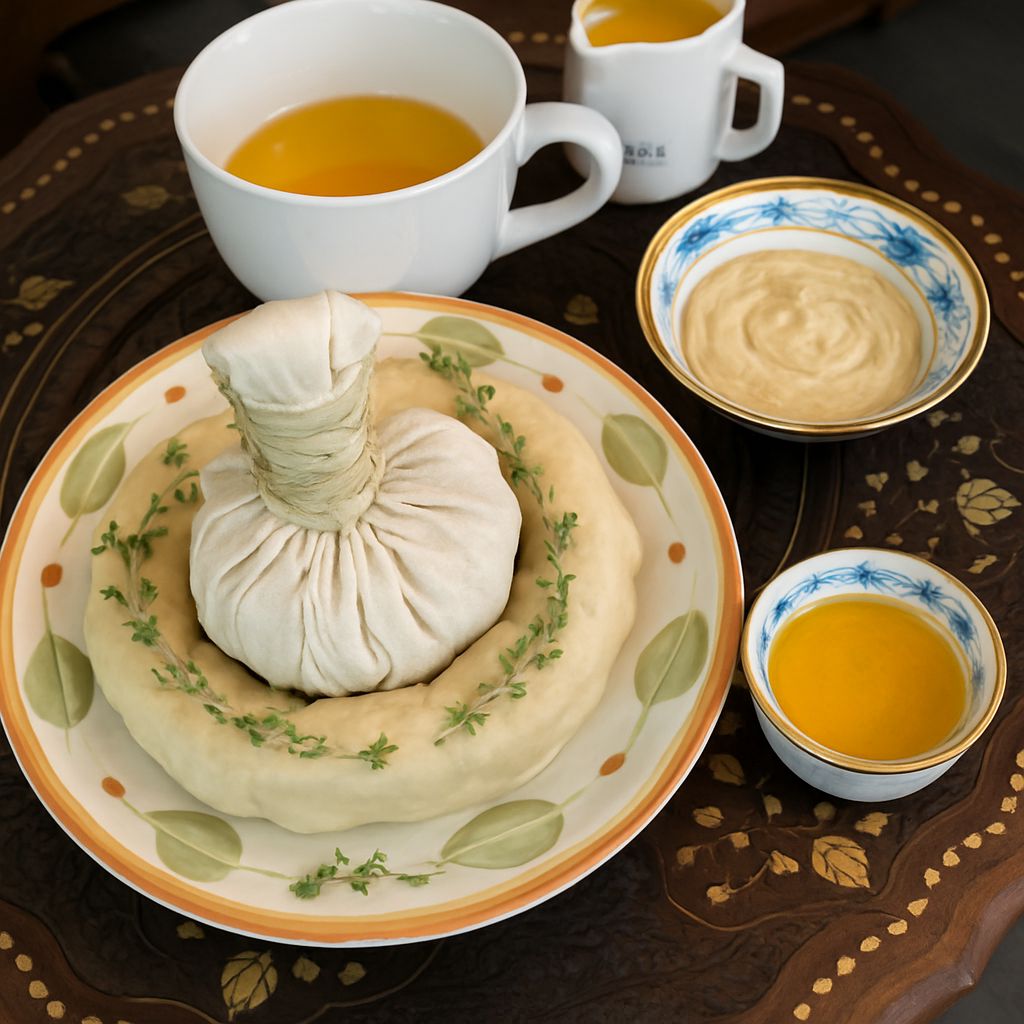The art of foot reflexology is a method that has been practiced for centuries. It aims to relieve pain and helps the body revive and heal different organs.
Reflexology was an ancient technique, but much research has been done due to its tremendous health benefits. And now it is practiced in the whole world due to its numerous benefits.
If someone has referred foot reflexology to you and you wonder what it is, go through this article to find all your answers.
Short Historical Background
This Ancient Healing Art continues for 2000 Years. Reflexology is an ancient method of applying pressure to reflex points of the hands and feet. Evidence has been traced back to ancient China. Archeologists have found reflexology charts carved on stones of Buddha’s feet dating to around 40 B.C.
Foot reflexology later traveled to Japan during the Tang dynasty and spread in other parts of Asia, such as present-day Thailand and Korea. Egyptian hieroglyphics found in the tomb of Ankhmahor, aka priest from 2400 BC, depict a hand and foot reflexology treatment going on.
Foot Reflexology became part of crucial medical therapy in India. It flourished in European countries such as Germany, where the course of study is comparable to that of a medical physician. Reflexology eventually made its way to the United States and became famous when Eunice Ingham published her best-selling book, Stories Feet Can Tell.
How Does Foot Reflexology Work?
As it is an ancient technique, many theories regarding how reflexology works exist. Some of these are discussed below.
- Ancient Chinese Theory
According to ancient Chinese beliefs, reflexology depends on Qi which means “vital energy.” This qi flows through the body of every ordinary person. If someone is not well, their body blocks this vital energy.
Ancestors have nominated different pressure points corresponding to different human body organs in their beliefs. Reflexologists use tracks of these points in the ears, hands, and feet to determine where they should apply pressure. They heal the person by touching those points and sending energy into a person’s body.
- Some Other Theories
- In the 1890s, British scientists discovered that nerves connected the skin to the intestines. They found that the body’s entire nervous system adapts to external factors, including touch. Like any form of massage, a reflexologist’s touch can help soothe the central nervous system and promote relaxation and other benefits.
- Others believe that the brain makes pain a subjective experience. Sometimes the brain responds to physical pain. However, it can cause pain in response to an emotional or mental disorder in other cases.
- Some people believe that reflexology can reduce pain through gentle touch, which can help improve mood and reduce stress.
- The zone theory is another belief that some people use to explain how reflexology works. This theory states that the body contains ten vertical regions. Each area covers a different part of the body and corresponds to specific fingers and toes.
- Realm theorists believe that touching these fingers and toes gives you access to any body part in a particular realm.
How is Foot Reflexology Done – Steps
When you undergo a foot reflexology session, you will go through the following steps.
Step#1: Lying Down
When a reflexologist decides to treat your feet, you will have to lie down or sit down fully clothed except for shoes and socks.
Step#2: Preparing the Feet
The practitioner may wash the feet, dip them in warm water, and place them at chest level.
Step#3: Examination
He will first examine the foot for open wounds, rashes, ulcers, plantar warts, or bursitis and asks about any foot or leg pain that may interfere with treatment.
Step#4: Working
The reflexologist will carefully feel and work on the area corresponding to the presenting problem if you have a particular condition, such as migraines.
Note: However, they will also work on all foot areas with gentle pressure. Under reflexology theories, this allows the nerve pathways and congestion to release and promotes the relaxation response for the entire body.
Suppose reflexologists find congestion, tightness, or pain during the session. In that case, they will apply pressure to work on bringing the body back into balance.
Sessions typically last 30 to 60 minutes. You may take a break or talk during the session at your discretion. Even if you fall asleep during the session, you can still enjoy the benefits of treatment.
Benefits of Foot Reflexology
The foot reflexology helps your body organs to start healing themselves. There are several benefits of foot reflexology, some of which are listed below,
- Stress and Relaxation:
Coping with anxiety is one of the main benefits of foot reflexology. It works like magic for stress relief and relaxation. According to a Los Angeles–based chiropractic physician, “Relaxation is probably the biggest benefit [of foot reflexology].” Moreover, he states, “Reflexology helps your body by increasing blood flow through the body and lowering blood pressure. It’s easy to feel relaxed when you feel less stressed and less anxious.”
- Pain Management:
Foot reflexology is proven to be very helpful in coping with both acute and chronic pains. Studies have proven that it is beneficial in reducing pain after surgery, specifically kidney surgery and abdominal hysterectomy. A 2018 survey study on military members with chronic pain found a decrease of intensity by 43% among males and 41% among females after a one-foot reflexology session.
- Helps During Labor:
Both the mother and the fetus benefit from pain management during labor. Foot reflexology can prove as a blessing during labor. It can aid in the induction of labor and the reduction of pain.
Moreover, anxiety and fear of labor pain often lead to cesarean section. Reflexology can even reduce the chances of caesarian by relaxing the mother and easing her discomfort.
After a natural vaginal birth, uterine afterpains are among the most common complaints. Foot reflexology can also help in reducing postpartum uterine afterpains.
- Digestion:
Your feet have a pressure point for the stomach as well. Applying an appropriate amount of pressure on that point increases blood flow to the stomach, assisting digestion.
- Eye Strain:
According to a Practitioner, “Reflexology can help reverse some of the stress we put on our eyes from our daily activities” “These pressure points help relax the tight muscles caused by looking at our screens all day.”
- Improved Sleep:
Improved sleep quality is one of the significant benefits that causes people to go for foot reflexology. Studies have proven an improvement in sleep quality for those who get regular sessions.
What to Expect from a Foot Reflexology Session?
A variety of reactions may occur following a reflexology session. But fortunately, they are subtle and are often not recognized by many people due to reflexology therapy.
Many reactions are positive signs showing that the session is part of a healing process; some other symptoms indicate the body’s attempts to return to a state of balance and harmony. Common symptoms for many people are feeling tired, feeling more sleepy, reduced pain, and feeling light-headed and thirsty. Symptoms usually last for 24-48 hours.
How Often Can You Take Foot Reflexology Sessions?
The number of sessions will vary and depend on the client’s medical condition and the reasons for seeking reflexology. However, in general, the results of reflexology are often subtle and cumulative. So, you will see more benefits from regular sessions (e.g., once a week for six weeks) than from having sessions every six months.
If you have certain illnesses or conditions, you may need to see them more frequently. A general recommendation is to start with weekly sessions for 68 weeks and then “tune in” every four weeks.
The Foot Reflexology Chart
Final Words
Systematic effects on reflex points stimulate the body’s ability to self-heal. Foot reflexology opens subtle electrical channels blocked by emotional and physical imbalances.
Foot Reflexology shows promising results as it can safely help people of all ages, especially the elderly. But most of all, it is an efficient way to ease labor pain and stress.
Several nurses are learning this specific sort of foot massage and putting it to use in delivery rooms worldwide to relieve their patients’ agony and shorten labor times.





